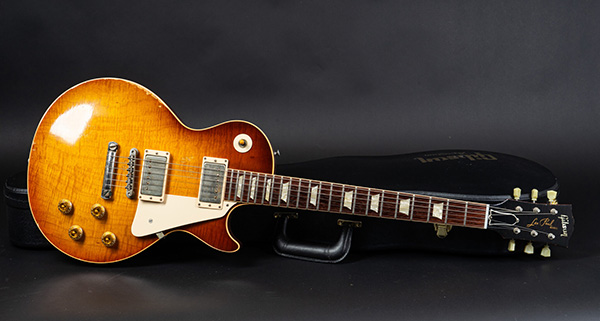Electric Guitar
First released: 1952
Produced in: Kalamazoo, MI
The Gibson Les Paul is the stuff of rock and roll legend, powering iconic recordings including the Rolling Stones’ “(I Can’t Get No) Satisfaction,” Led Zeppelin’s “Whole Lotta Love” and Guns N’ Roses’ “Sweet Child O’ Mine,” among countless others. One of the first mass-produced electric solid-body guitars, the Les Paul line is celebrated for its unrivaled versatility and robust, snarling tone; the cherry-red sunburst Les Paul Standard model manufactured between 1958 and 1960 ranks among the world’s most coveted guitars, with the 1959 Standard — the crown jewel of the line — regularly fetching six-figure sums on the secondary market.

The Les Paul was not the first electric guitar produced by Gibson, founded by luthier Orville Gibson in Kalamazoo, Mich. in 1902 to manufacture mandolin-family instruments. Gibson first made its mark in guitar circles by introducing archtop guitars, which featured the same type of carved tops commonly found on violins. In late 1935, the company launched the E-150, its first electric, Hawaiian-style lap steel guitar; two years later, Gibson general manager Guy Hart was awarded the first U.S. patent for an electric guitar pickup (i.e., a transducer that captures or senses mechanical vibrations produced by a musical instrument), setting the stage for countless technical innovations to follow.

“As the guitar rose to prominence, so did Gibson,” writes historian Walter Carter in his book Gibson Guitars: 100 Years of an American Icon, calling Hart’s 1924-1948 tenure at the company’s helm “the period of greatest innovation for the guitar since the emergence of the six-string guitar in the late 1700s.”
Les Paul first pitched Gibson on a solid-body electric guitar as early as 1941. Paul, the much-admired jazz and pop guitarist whose trio backed crooner Bing Crosby on the 1945 Number One hit “It’s Been a Long, Long Time,” devised his first solid-body electric in 1940, building the prototype (dubbed “The Log” in honor of the the pine block running through the middle of the instrument) after-hours at the Epiphone guitar factory. However, Gibson demonstrated little interest in Paul’s efforts until rival Fender began marketing its solid-body Esquire and Broadcaster (later renamed Telecaster) models in 1950; then-Gibson President Ted McCarty served as chief designer of what would be named the Gibson Les Paul, an instrument based on Paul’s original drawings and first released commercially in 1952.
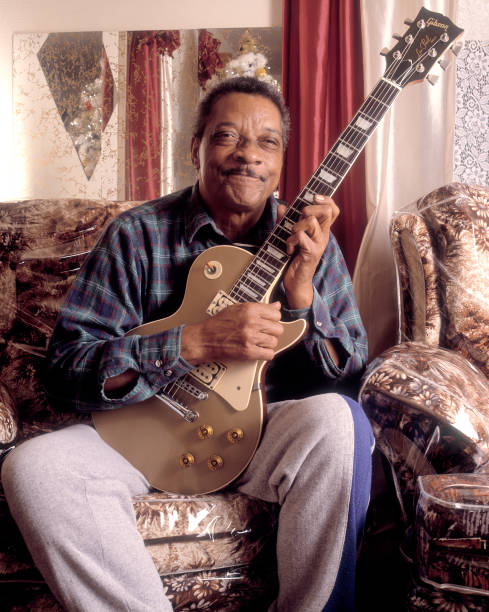
The first Les Paul-branded Gibson solid-body electric guitars — retroactively known as “Goldtops” — immediately differentiated themselves from Fender’s models via their rich tonal characteristics and atypical bulk, both byproducts of their mahogany and maple construction. Goldtops were available in only one finish, an old gold solid paint, and boasted a pair of P-90 pickups and nickel-plated hardware. The Gibson Les Paul Custom joined the model line in 1954, featuring a solid black finish, gold-plated hardware, real mother-of-pearl inlays and three pickups, and in 1958, Gibson rolled out the Les Paul Standard, which retained most specifications of the 1957 Goldtop (including PAF humbucker pickups, a maple top and a tune-o-matic bridge with a stop tailpiece or Bigsby vibrato tailpiece), but replaced the familiar old-gold paint job with a version of the cherry-red sunburst finish popularized via Gibson’s flattop and archtop acoustic and hollow electric guitars. But when sales proved disappointing, Gibson discontinued the Les Paul line in 1961, transferring the brand name to a lighter, redesigned instrument that would later be known as the Gibson SG.
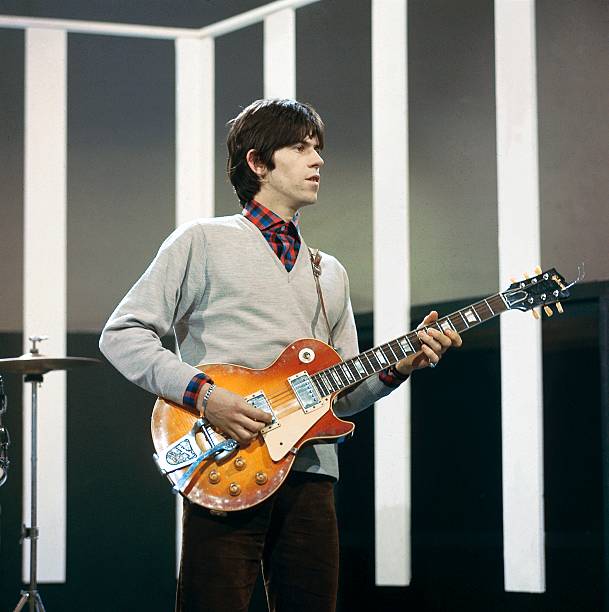
Gibson produced a total of 643 Les Paul Standard guitars in 1959, considered by experts the peak of the company’s golden age. “The ’59 sunburst Les Paul is the Holy Grail of electric guitars,” Jesse Amoroso, owner of Las Vegas-based vintage guitar shop Cowtown Guitars, told mLive.com in 2015. “It’s a rarity because of the guys playing it and because [Gibson] had really refined it. That’s the year that everything came together right — in 1959.”
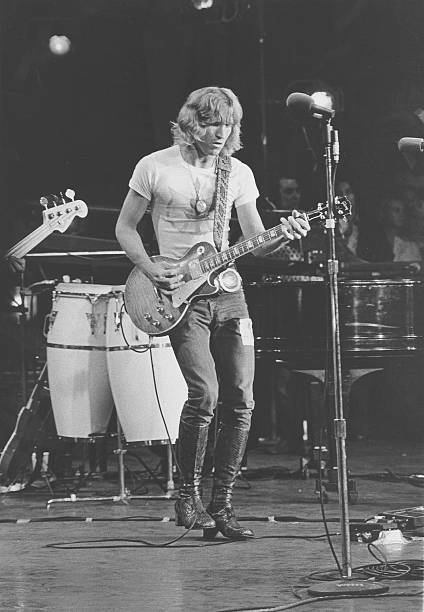
One of these 643 Standards eventually ended up in the possession of Keith Richards of the Rolling Stones, who played his acquisition during the group’s first appearance on CBS’s The Ed Sullivan Show on Oct. 25, 1964. In addition to “(I Can’t Get No) Satisfaction,” Richards showcased the instrument on Stones classics including “Time Is on My Side,” “The Last Time,” “Get Off My Cloud” and “Let’s Spend the Night Together,” helping establish the Les Paul Standard as the cornerstone guitar of Britain’s blues boom. By 1965, Eric Clapton was a convert to Les Pauls as well, purchasing a 1960 Standard in emulation of blues heroes Freddie King and Hubert Sumlin; this guitar later appeared on the groundbreaking John Mayall LP Blues Breakers with Eric Clapton, further boosting interest.
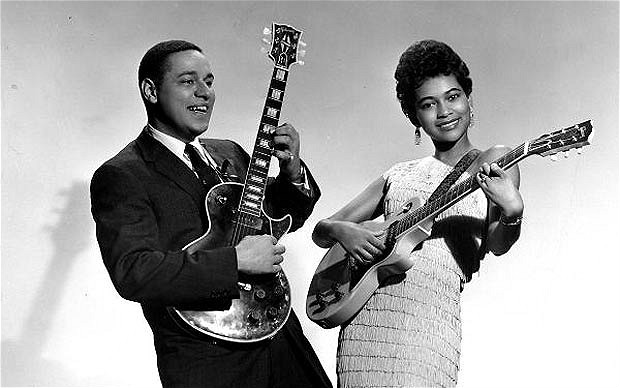
Other Les Paul acolytes include Billy Gibbons of ZZ Top (whose 1959 Standard, nicknamed “Pearly Gates,” appeared on each of the Texas trio’s albums) and Led Zeppelin’s Jimmy Page (whose own 1959 Standard, which he dubbed “Number 1,” was purchased from the Joe Walsh, at the time a member of the James Gang, for the sum of $500 just in time to record 1969’s epochal Led Zeppelin II). With demand continuing to climb, Gibson finally resumed production of the Les Paul Standard in 1976; the instrument has remained in continuous production since that time, with the company’s Gibson Custom Shop subsidiary occasionally manufacturing models based on the original 1958–60 specs. As for Les Paul himself, he passed away in 2009 at the age of 94, leaving behind an extraordinary legacy as a guitarist and as a technology pioneer, famed for his innovations in overdubbing, delay effects, phasing and multitrack recording. Paul is the only inductee in both the Rock and Roll Hall of Fame and the National Inventors Hall of Fame.
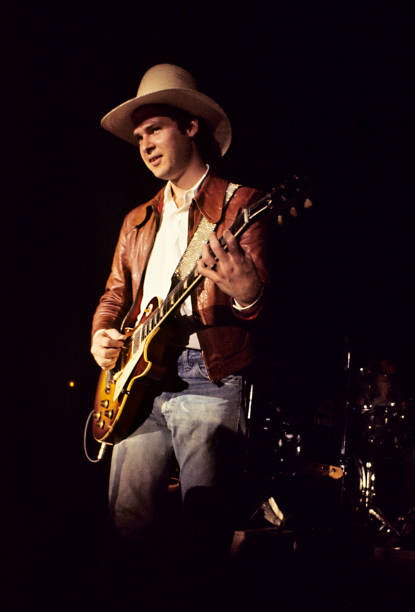
The roll call of rock classics featuring the Gibson Les Paul is far too extensive to document in full, but below are highlights to explore in KORD:


